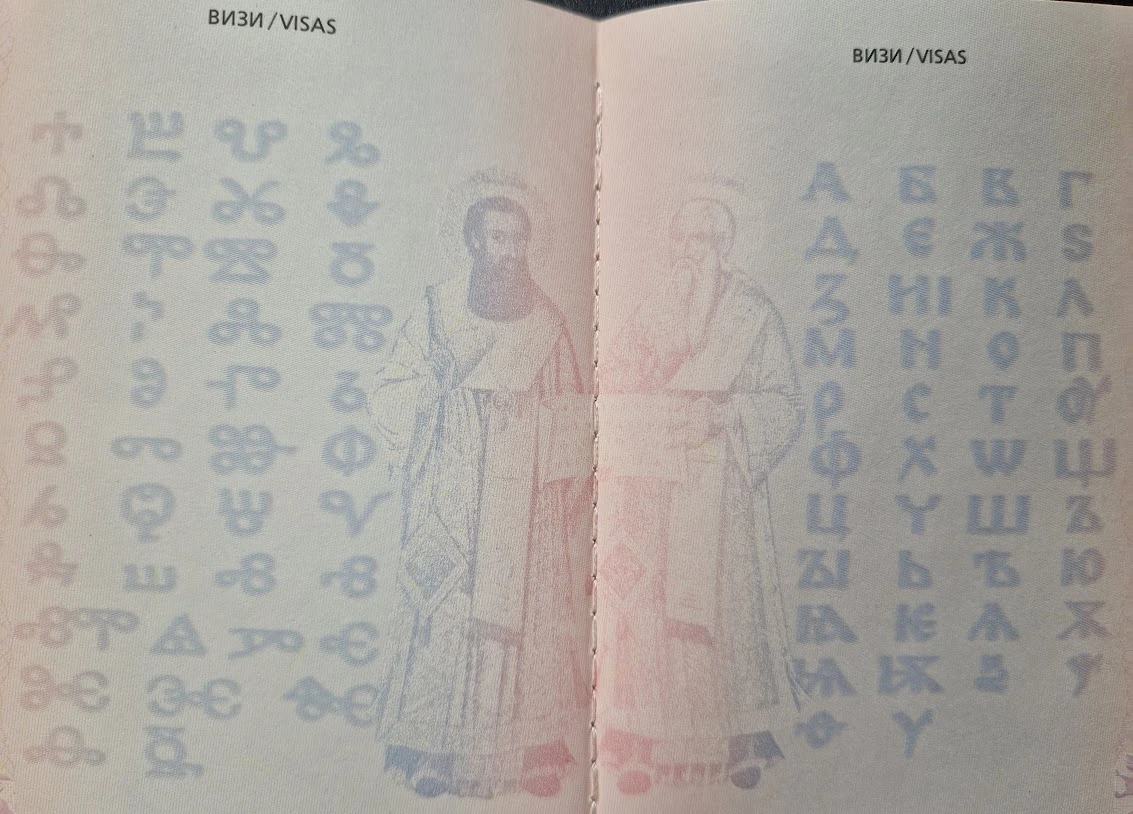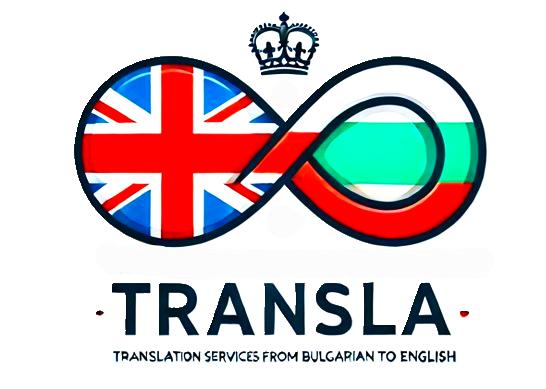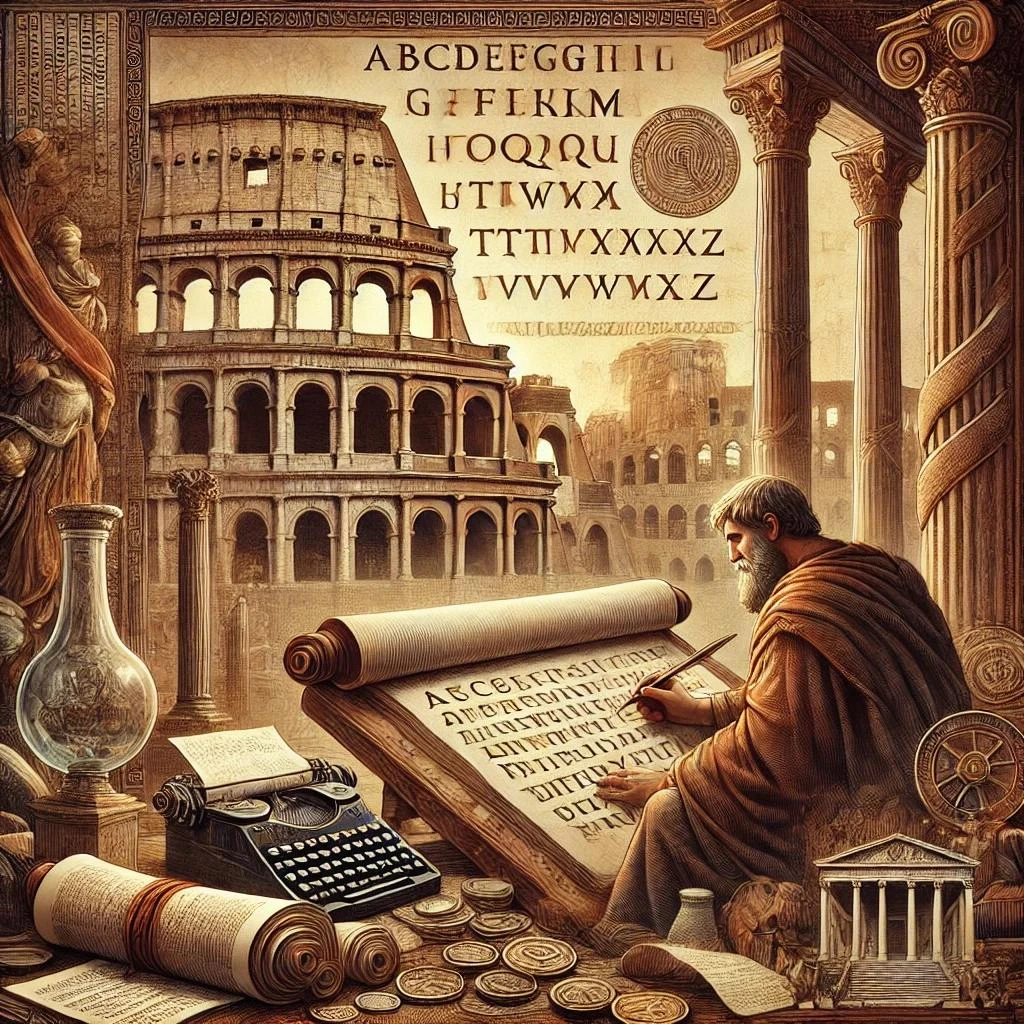How It All Started: The Glagolitic Connection
It is a bit confusing.
The Cyrillic alphabet is named after Saint Cyril, a 9th-century Byzantine monk. But here is the twist—Cyril, along with his brother, Saint Methodius, originally came up with a different alphabet called Glagolitic. This alphabet was used for religious texts way back in the 9th - 10th centuries. And guess what? Glagolitic does not look anything like the Cyrillic letters we know today!
Back in the day, the Glagolitic alphabet was a big deal because it gave the Slavs their very first written language, which was super important for spreading Christianity. Before that, the Slavs were busy worshipping a whole bunch of gods, like Perun, the god of thunder, and Veles, the god of the underworld. Yet, the alphabet that Saint Cyril actually developed is not the one we use today.
So why do we call it Cyrillic?
Well, Glagolitic was kind of a headache—it was tough to learn and not exactly user-friendly. People needed something easier for writing. Saint Clement of Ohrid and Saint Naum, the star students of Cyril and Methodius, coined a new, simpler script. They borrowed some letters from the Greek alphabet, making it way easier for anyone who already knew Greek. And in a sweet tribute to their Beloved teacher, they named it Cyrillic. Fun fact: it pretty much looks the same today! We have dropped a few letters along the way, and the modern Bulgarian Cyrillic alphabet is now more concise, with 30 letters instead of the original 44. But what Saint Clement and his crew developed in Saint Cyril’s honour has stood the test of time, making it one of the most enduring alphabets in the world.
The Spread of Cyrillic
Cyrillic quickly gained popularity in the First Bulgarian Empire and became the official script in the late 9th century, unifying the Bulgarian people and preserving their language and culture. From there, it spread to Russia through Bulgarian missionaries and scholars. Today, the language used in Orthodox services in Bulgaria, known as Old Church Slavonic, is archaic—much like Latin—and it was the original language spoken when the Cyrillic alphabet was created. While some words may be familiar, a modern-day Bulgarian would struggle to fully understand what the priests say in Old Church Slavonic.
The Legacy of Saints Cyril and Methodius
Nowadays, Greeks, Bulgarians, and Macedonians all want to claim Saints Cyril and Methodius as their own. Greece plays up their Byzantine Greek roots, while Bulgarians and Macedonians proudly highlight how the Brothers shaped Slavic culture and language. The truth? The brothers were born in Thessaloniki, now in Greece, but their real fame came from their work with the Slavs, which left a huge mark on the histories of Bulgaria and North Macedonia. And let’s be honest, we Bulgarians are especially proud of our connection to them. We celebrate the Cyrillic alphabet as a treasured gift we have shared with the world. So much so that our Bulgarian passports feature illustrations of Cyril and Methodius, along with the Glagolitic and Cyrillic alphabets, as a nod to their lasting legacy.

Bulgarian passport pages honouring St. Cyril and St. Methodius, the Glagolitic and Cyrillic alphabets. Photo: Danni Howe
Here Are Some Interesting Facts About the Cyrillic Alphabet
- A unique alphabet: Cyrillic is one of the few alphabets in the world named after an individual. It originally contained 44 letters, but modern Bulgarian uses 30, and the Russians use 33.
- Widespread use: Today, Cyrillic is used by over 120 million people in countries across Eastern Europe and Central Asia.
- European Union recognition: When Bulgaria joined the EU in 2007, Cyrillic became the third official script of the European Union, alongside Latin and Greek.
Celebrating Cyrillic in Bulgaria
Every May 24th, Bulgaria comes together to celebrate one of our most beloved holidays—a day devoted to the Bulgarian alphabet, education, and the profound contributions of Saints Cyril and Methodius. They are honoured everywhere you look, with their portraits proudly displayed. Pupils decorate their classroom doors and the Brothers’ portraits with wreaths of peonies and fresh spring flowers.
It is a celebration of those involved in education, but everyone gets involved. Schools, universities, and the entire community come together, with former students marking their graduation anniversaries and alumni reuniting. The whole town turns out to watch as students and academics parade through the streets, with the top students proudly wearing their "Top Achiever" sashes—so everyone knows exactly what they have accomplished! Parents and relatives cheer from the sidelines, ready to give them a nice treat afterwards. Folklore dancing fills the squares. It is a joyful celebration of national pride!
For a better idea of how 24 May is celebrated in Bulgaria, watch this video showing traditional festivities from my native town, Gabrovo in Central Bulgaria, where the first modern secular school was opened in 1835
The video highlights how Bulgarians honour their cultural heritage and the contributions of Saints Cyril and Methodius.
Video credit: Mr Radoslav Parvanov, Radoslav Parvanov Photography
- Visit Radoslav Parvanov's official website: https://www.parvanov.org
- For more details or to explore their work, follow Radoslav Parvanov on his Facebook Page, Radoslav Parvanov Photography
Sources:
Encyclopaedia Britannica: "The History of the Cyrillic Alphabet".
Cambridge University Library: " Transcription of Cyrillic"
About The Author
Danni Howe is an experienced content creator and translator, offering Bulgarian-English translation services focusing on legal, medical, and economic fields.
For inquiries, collaborations, or content writing services, visit TRANSLA Translation Services.




